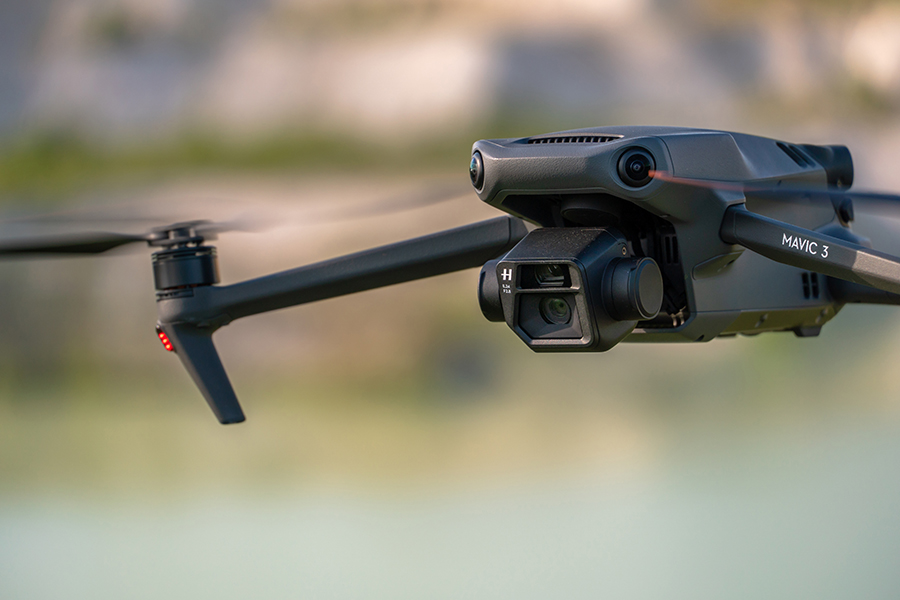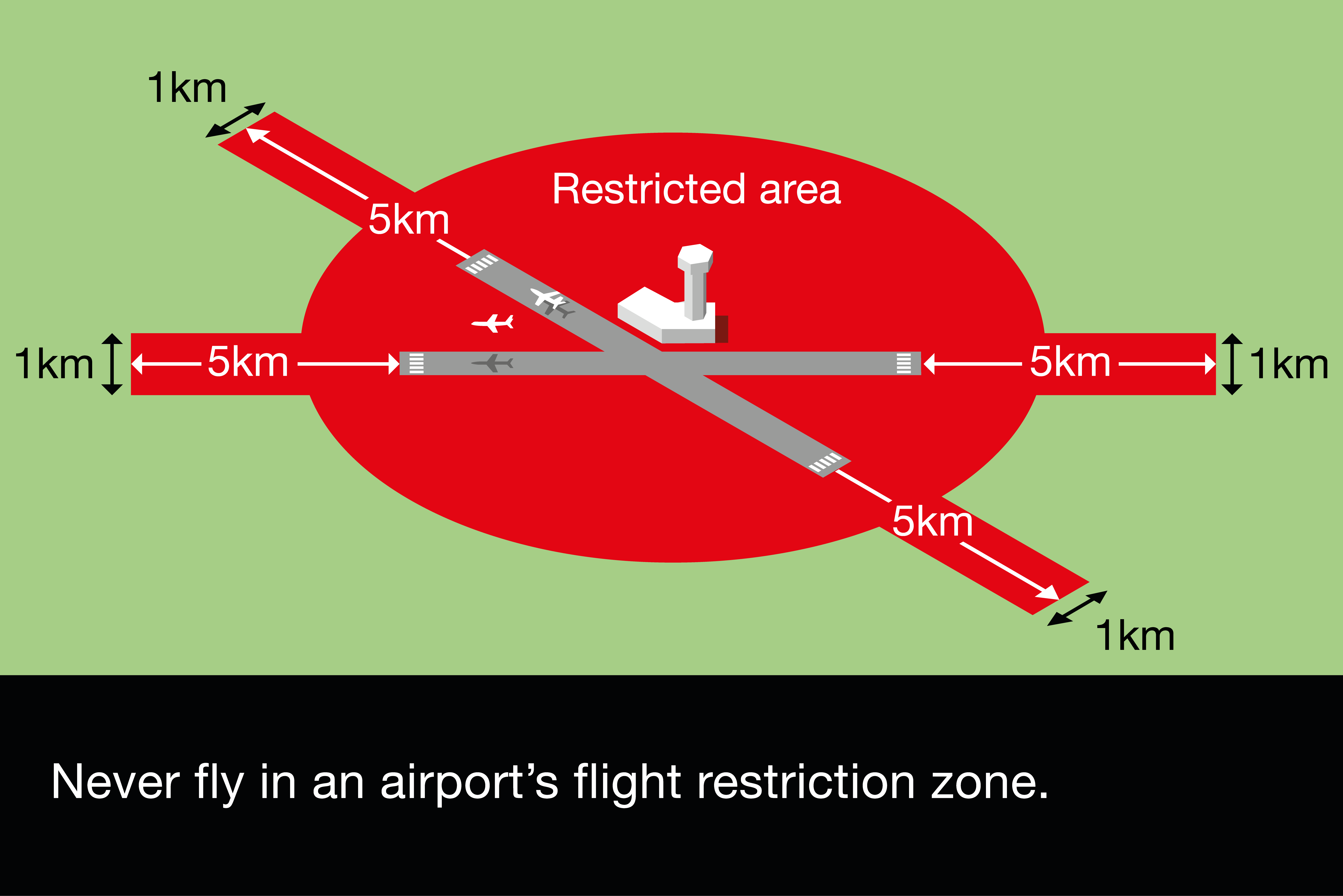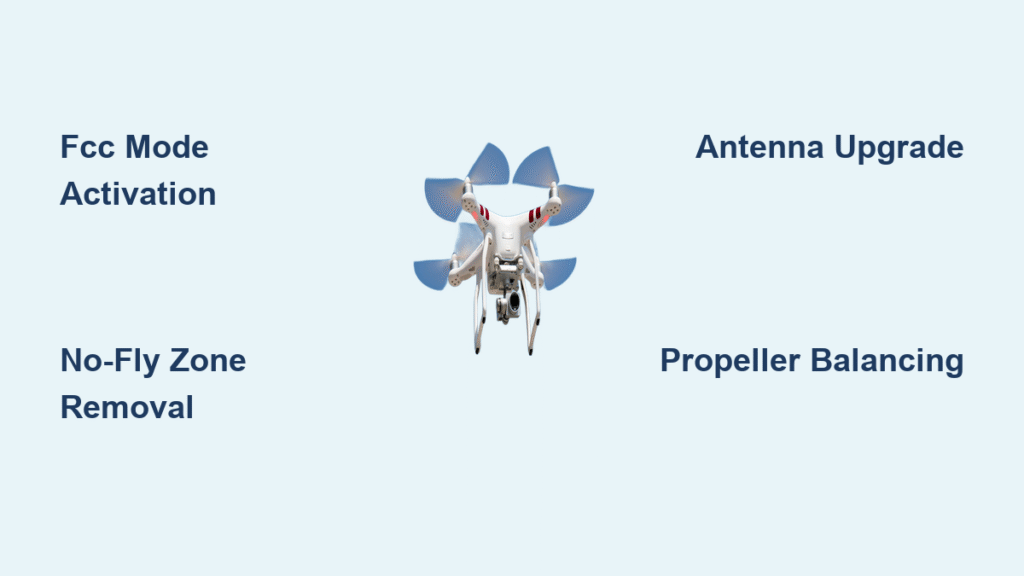Your drone’s factory settings cripple its true potential right out of the box. If you’ve ever hit arbitrary altitude limits mid-flight, battled signal dropouts in urban areas, or watched helplessly as no-fly zone restrictions blocked your shot, you’re not alone. Learning how to modify a drone transforms these frustrations into opportunities—unlocking extended range, removed restrictions, and professional-grade performance. This guide cuts through the noise with battle-tested techniques from the modification community, revealing exactly what works without voiding your warranty unnecessarily. You’ll gain actionable steps to safely enhance flight capabilities while navigating legal boundaries others ignore.
Most drone owners don’t realize 99% of Mavic Pro pilots still run .700 firmware for stability—proving DJI’s updates often add restrictions, not improvements. Whether you’re a hobbyist fighting signal loss or a filmmaker needing offline flight capability, targeted modifications deliver immediate value. Forget vague theory; we’re diving into specific hardware swaps, software tweaks, and legal loopholes that actually work in 2024. By the end, you’ll know precisely which modifications match your drone model and goals—plus how to implement them without bricking your investment.
Software Modifications That Work
Professional Hacking Platforms
Drone-Hacks dominates the modification landscape with its seamless integration into official apps like DJI Fly. Instead of risky app replacements, it uses simple voice commands like DH LED to activate features mid-flight. This platform supports critical models including the Mavic 3 Classic, Mini 2, and Air 2S—making it the safest entry point for beginners. Its built-in tutorials guide you through no-fly zone corrections when you hold permits, altitude limit adjustments for verified locations, and offline flight capability without internet dependency. Crucially, Drone-Hacks offers expert support during business hours (8:00-17:00 CET) and a money-back guarantee if modifications fail—a rarity in this niche.
Alternative Software Solutions
For point-and-click simplicity, NLD (NoLimitDronez) delivers reliable FCC mode activation and NFZ removal. Drone Tweaks provides modded apps requiring no coding skills, while Drone Jack’s specializes in smartphone-based power mode unlocks. Full GADC members access exclusive discounts across these platforms, slashing costs by 20–30%. These tools excel at overriding artificial limitations but require firmware version checks—DJI’s August FPV updates now block most restriction removals except power hacks. Always verify compatibility before purchasing; mismatched versions risk temporary drone lockouts.
DIY Software Approaches
Advanced users modify app source code directly for complete control. DJI GO3 and GO4 source code is publicly available, enabling custom NFZ removal and FCC enabling through recompilation. The DJI Fly app poses greater challenges since its code isn’t public—requiring third-party certificates or modded APKs. Firmware rollbacks remain essential when updates introduce bugs; historical cases show DJI once grounded Spark drones until users installed specific firmware. If attempting DIY modifications:
1. Identify your current firmware version first
2. Download matching source code from trusted repositories
3. Only alter one parameter at a time (e.g., altitude limits)
4. Test modifications in controlled environments before field use
Warning: Incorrect code edits can permanently disable flight modes—backup original files first.
Hardware Upgrades That Transform Performance

Antenna and Signal Boosting
Aftermarket antennas deliver the most cost-effective range improvements. Installing amplified antennas on your remote control extends reliable signal reach by 30–50% in urban environments, where FCC mode activation combats WiFi interference. For GPS-dependent missions, GPS riggers spoof location data to bypass incorrect no-fly zones—though legality varies by region. Crystal Sky display modifications further enhance visibility in bright sunlight, critical for professional cinematography. Always test new antennas incrementally; mismatched frequencies cause signal instability that risks flyaways.
Physical Drone Enhancements
Target three hardware areas for maximum impact:
– Batteries: Swap stock cells for higher-capacity alternatives (e.g., 3,850mAh for Mini 3 Pro), but never exceed weight limits
– Cameras: Install vibration dampers to eliminate “jello effect” and pair with balanced propellers for cinema-grade footage
– Cooling: Add micro-fans to the main board during hot-weather operations—overheating causes 68% of unexpected shutdowns
Pro Tip: Remove non-essential accessories like ND filter holders to shave critical grams. Every 10g saved extends flight time by 30–45 seconds.
Motor and Propeller Optimization

Upgrading motors resolves power deficits in windy conditions. Match replacements to your drone’s KV rating—common mistakes include installing high-torque motors on lightweight frames, causing oscillation. For propellers:
– Carbon fiber blades improve stability but increase noise
– Rubber-tipped variants reduce crash damage
– Always rebalance after replacements using a prop balancer tool
Test new propellers at 30% throttle first. Unbalanced props strain motors and degrade video quality within minutes.
Legal Status and Warranty Reality

Understanding Legal Boundaries
NFZ removal exists in a legal gray area—no law explicitly prohibits it, but it violates DJI’s license agreement. The Yuneec precedent shows manufacturers may accommodate requests; they provided NFZ-free firmware upon permit verification. FCC mode activation carries higher risks: in the UK, it potentially breaches the Communications Act 2003. Crucially, OFCOM targets dealers selling non-compliant equipment, not individual users. Always:
– Research local regulations (e.g., CAA guidelines in the UK)
– Carry permit documentation during flights
– Avoid modifications in controlled airspace
Firmware Update Strategy
DJI’s latest FPV firmware blocks most restriction removals—making firmware version control critical. Identify stable versions (like Mavic Pro .700) and avoid updates. Historical patterns show DJI forces updates to ground drones until compliance, so:
1. Disable auto-updates in app settings
2. Backup current firmware before testing new versions
3. Join community forums for version-specific patch reports
Community Resources and Learning
Expert Guidance
Steve (digdat0) on YouTube provides model-specific modification walkthroughs—from Spark to Mavic 3—with real-world testing footage. His FCC mode activation tutorial for Mini 4 Pro has prevented thousands of failed attempts. Community forums maintain decade-spanning documentation, including leaderboard systems tracking speed records to validate performance claims. Before modifying, search for your exact drone model + firmware version; 95% of common issues already have verified solutions.
Technical Support Networks
Drone-Hacks’ weekday support (8:00-17:00 CET) resolves 80% of installation issues via screen sharing. Use their compatibility checker before purchasing—entering your drone’s serial number confirms feature support. For urgent fixes, Reddit’s r/DJI community offers 24/7 troubleshooting, but verify advice against official resources to avoid dangerous misinformation.
Budget Drone Enhancement Strategies
Maximizing Limited Budgets
Prioritize modifications by ROI:
1. Antenna upgrades ($25–$50): Immediate 30% range boost
2. Propeller optimization ($15–$30): Fixes instability without tools
3. Vibration dampers ($10): Eliminates “jello” in 4K footage
For sub-$500 drones, adding GPS modules enables autonomous pre-defined routes—transforming toy-grade drones into mapping tools. Always test one modification at a time to isolate performance gains.
Performance Optimization Path
Follow this sequence for reliable results:
1. Power tweaks: Activate FCC mode for urban signal stability
2. Weight reduction: Remove landing gear or unused sensors
3. Cooling enhancements: Apply thermal pads before summer flights
4. Motor upgrades: Only after confirming frame compatibility
Critical: Document each change with flight logs. A 5% range increase might come from propeller balance—not your new antenna.
Implementation Roadmap
Start by diagnosing your primary limitation: signal loss, restricted zones, or performance ceilings. Software modifications like FCC mode activation deliver immediate results with near-zero risk—test these before hardware changes. Always back up original firmware and document serial numbers. When modifying, work incrementally: change one parameter, test thoroughly, then proceed. Join drone modification forums to share results; the community thrives on collective troubleshooting.
While modifications technically void warranties, no verified cases exist of DJI denying claims solely for software tweaks. Hardware changes carry higher risks—never alter core boards without professional guidance. Your modified drone will outperform stock models in specific scenarios, but remember: true expertise lies in knowing which limitations to remove. As regulations evolve, prioritize safety and legality over marginal gains. For next steps, explore Steve’s YouTube tutorials for your exact model—then share your success story to help others master how to modify a drone responsibly.



